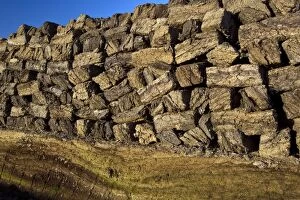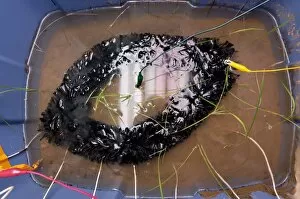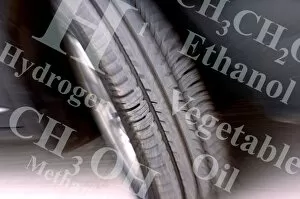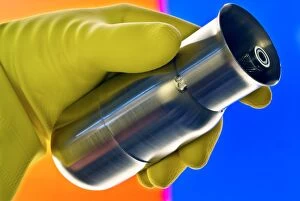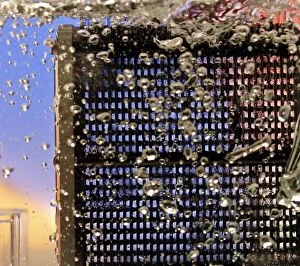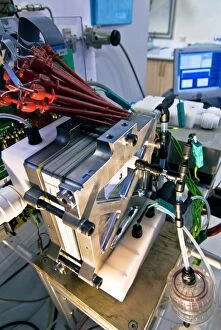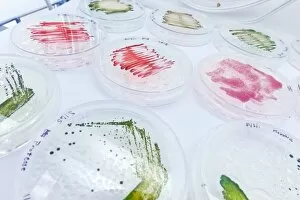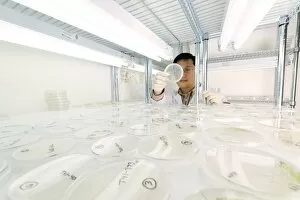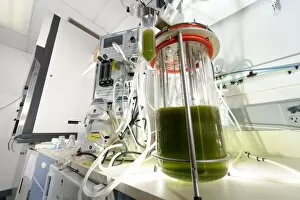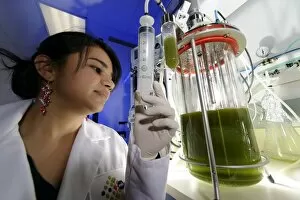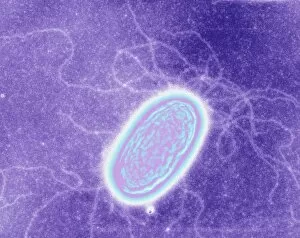Alternative Fuel Collection
"Exploring the Evolution of Alternative Fuel
For sale as Licensed Images
Choose your image, Select your licence and Download the media
"Exploring the Evolution of Alternative Fuel: From 1902 Electric Victoria to 2017 Tesla Model X" In a world where sustainability and environmental consciousness are becoming increasingly important, alternative fuel vehicles have emerged as a promising solution. The journey towards cleaner transportation began over a century ago with the creation of the 1902 City & Suburban electric victoria, an early example of harnessing electricity for mobility. Fast forward to the present day, and we find ourselves marveling at cutting-edge innovations like the 2017 Tesla Model X. With its sleek design and advanced technology, this all-electric vehicle represents a significant milestone in the evolution transportation. But let's not forget about our historical pioneers who paved the way for these advancements. Take, for instance, the enigmatic creator behind the 1924 Tilling-Stevens petrol-electric hybrid truck—a true testament to early experimentation with combining traditional fuels and electricity. Meanwhile, another unknown visionary introduced us to an eco-friendly mode of transport back in 1907—the Electromobile taxi. This early attempt at electrification demonstrated that even during times when fossil fuels reigned supreme, there were those who recognized alternatives could be found. Today's NASA is no stranger to embracing innovative solutions either. As seen at their Kennedy Space Center in Florida, they proudly display one among many alternative fuel vehicles used on their premises—an inspiring reminder that even institutions dedicated to space exploration recognize Earth-bound responsibilities. From peat stack C018/0881—highlighting biofuel possibilities—to hydrogen fuel storage devices showcasing potential breakthroughs in energy storage systems; it becomes clear that humanity's quest for sustainable transportation knows no bounds. And if you think we've exhausted all options already—think again. Scientists have recently discovered how rice plants can generate electricity—an astonishing revelation that opens up new avenues for renewable energy sources. The story of alternative fuels is far from complete—it continues to evolve alongside our growing awareness of the need for a greener future.





